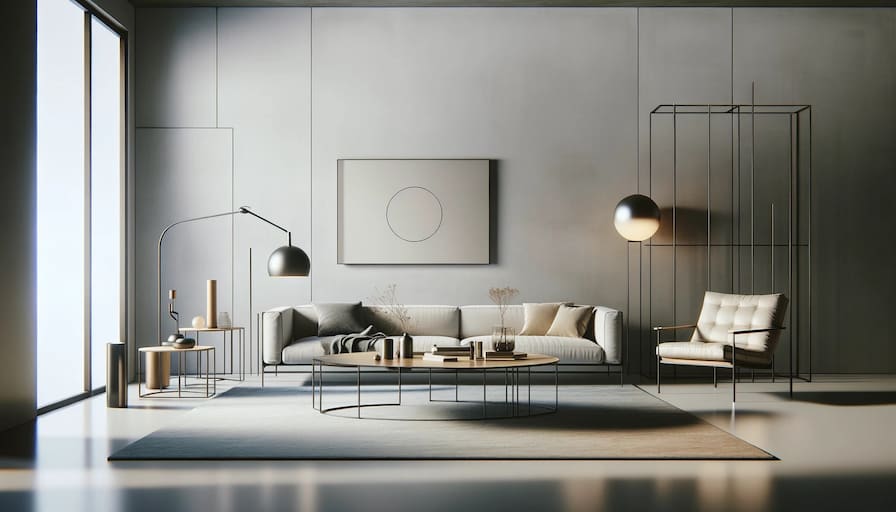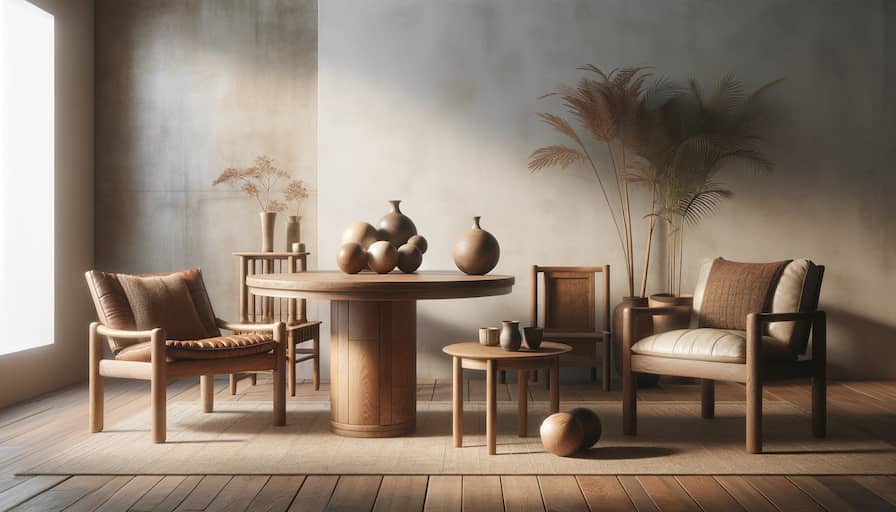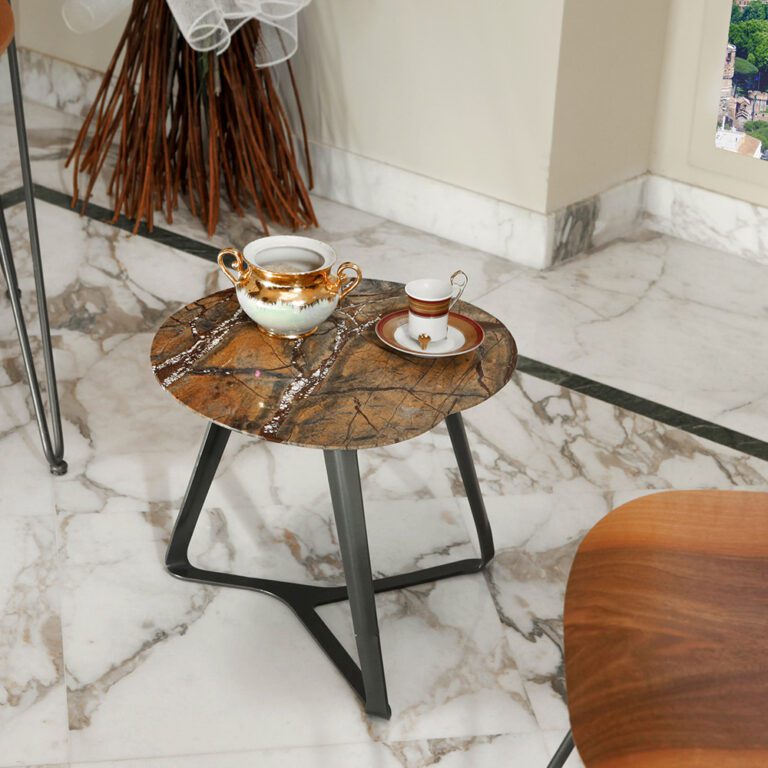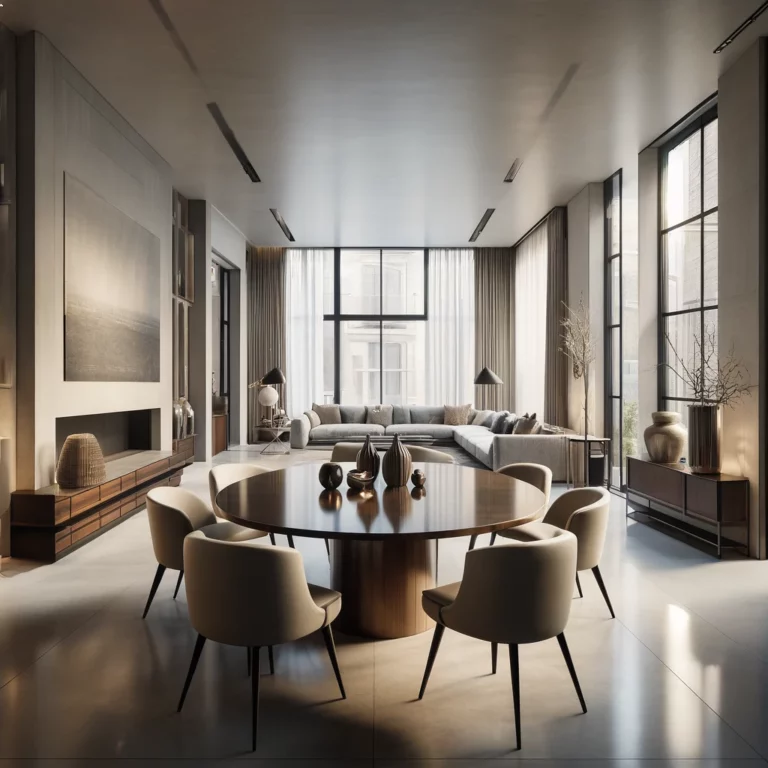

Table of Contents
ToggleIn the world of interior design, blending various furniture styles is not just a trend but an art form. It’s a way to express individuality, create interest, and achieve a look that’s both timeless and contemporary. This guide is crafted for the discerning homeowner and the visionary interior designer, aiming to infuse spaces with character and quality, particularly through the lens of Made in Italy excellence. Let’s embark on a journey to master the mix of furniture styles, ensuring every piece tells a story of unparalleled craftsmanship and design.

Before diving into the mix, it’s crucial to have a solid understanding of the different furniture styles at play. From the sleek lines of modern design to the ornate details of traditional pieces, each style carries its own identity.
When considering furniture styles, the Made in Italy mark signifies more than just a label; it embodies quality, creativity, and a rich heritage of craftsmanship. Incorporating Italian pieces into your design not only elevates the aesthetic but also brings a story of artisan tradition and design innovation.
Blending different furniture styles requires a keen eye for balance, proportion, and harmony. Here are strategies to achieve a cohesive look:
Choose a piece that you love, whether it’s a modern Italian leather sofa or an antique wooden table, and let it serve as the cornerstone of your room. This piece will set the tone and direction for the mix.
Mixing styles is about finding the right balance. Pair a sleek, contemporary chair with a rustic, wood-heavy dining table for a striking contrast. The key is to ensure that despite their differences, the pieces share a common element, be it material, color, or texture.

A cohesive color palette can tie the room together. Select a neutral base color and complement it with accent hues found in your mixed-style pieces. This approach allows diverse furniture styles to coexist harmoniously.
Varying scale and proportion can add interest and depth.
A large, modern sectional can be balanced with a delicate, traditional coffee table.

Pay attention to the visual weight of each piece, aiming for a balanced distribution throughout the space.
Accessories are the finishing touches that can help blend different styles. Use rugs, pillows, and art to integrate colors and textures, bridging the gap between contrasting furniture pieces.
Highlighting Italian craftsmanship can add a layer of sophistication and authenticity to your design. Whether it’s a statement lighting piece or an elegant accessory, Made in Italy products are renowned for their attention to detail and design excellence.
Mixing different furniture styles offers an opportunity to create a space that is uniquely yours, blending history, culture, and personal taste. By following these guidelines and embracing the quality and design excellence of Made in Italy products, you can achieve a look that is both cohesive and strikingly individual. Remember, the goal is to tell a story—a narrative of your style, your influences, and the unparalleled craftsmanship of Italian design.



Copyright 2023 Greyge – Contacts – Who we are – Mauro Falomi – Telephone: +39 3384511793 – P.iva IT12874801009 – Reg. imprese RM 1678638 – Pec maurofalomi@pec.greyge – E-Mail info@greyge.com – Via Ludovica Albertoni n.90 00152 Roma (RM) – Italia – Privacy & cookie policy – Refund and Returns Policy – Our Shipping Policy